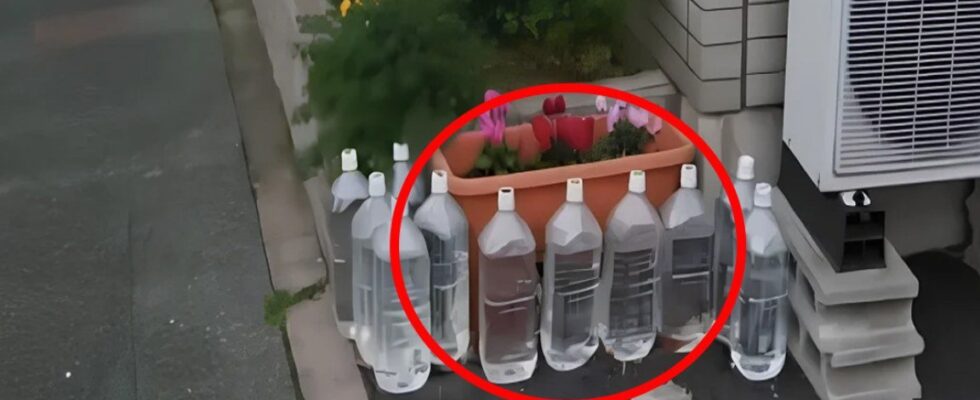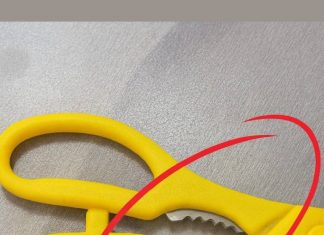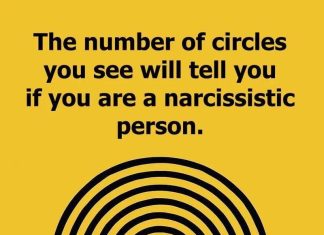The Curious Tradition of Nekoyoke: Japan’s Unique Approach to Cat Deterrence
If you wander through the serene residential districts of Japan, you might come across an unusual sight: clear plastic water bottles carefully arranged along fences, garden borders, or walls. While at first glance these might appear to be litter left over from a picnic or random refuse, they serve a very specific purpose. These bottles, often referred to as nekoyoke, are an intentional deterrent for stray cats. In a nation where felines are both cherished and revered, stray cats often present challenges that require creative solutions. Concerns about property damage and the potential transmission of diseases from these animals have led many homeowners to adopt this peculiar practice.
The concept behind nekoyoke is rooted in the belief that the reflections from sunlight or artificial lighting bouncing off the surfaces of the water-filled bottles can create flashes that frighten cats. Some residents maintain that the distorted images and altered depth perception caused by the water can confuse these curious creatures, thereby keeping them at bay. Surprisingly, this method of animal deterrence did not originate in Japan. It is thought to have emerged in the Western world during the 1980s as a technique to ward off dogs. Nevertheless, Japan has taken this concept and adapted it to suit its unique cultural context, shifting the focus from canine control to safeguarding gardens and private spaces from the incursions of cats.
The Effectiveness of Nekoyoke
Despite the widespread adoption of this practice, experts in animal behavior cast doubt on its effectiveness. Scientific research has yet to provide definitive evidence supporting the idea that water bottles can reliably repel cats, particularly in low-light conditions where the reflections may be less noticeable. This raises an interesting question: if the method is scientifically unproven, why do so many Japanese homeowners continue to utilize it? The answer lies in a blend of tradition, habit, and perhaps a touch of superstition. For many, the act of placing these bottles outside is as much about hope as it is about genuine pest control.
Over the years, nekoyoke has evolved beyond simply functioning as a pest deterrent. It has transformed into a cultural phenomenon that reflects the Japanese values of creativity, cleanliness, and subtle problem-solving. While the practical utility of water bottles may be disputed, their presence serves as a testament to the resourcefulness ingrained in Japanese society. The sight of these bottles can evoke a sense of charm and whimsy, adding a unique flavor to neighborhoods and inviting curiosity from passersby.
Nekoyoke as a Cultural Symbol
The cultural significance of nekoyoke also stems from the broader context of Japan’s relationship with cats. In a country that has long celebrated felines—evident in everything from ancient folklore to modern cat cafes—stray cats are often viewed through a complex lens. They are seen as both beloved creatures and potential nuisances. As a result, residents have sought out inventive methods to navigate this duality, with nekoyoke emerging as one of those intriguing solutions. Rather than resorting to more aggressive forms of pest control, many opt for this gentle and non-harmful approach, illustrating the Japanese ethos of harmony with nature.
Moreover, the rising interest in sustainability and environmental consciousness in Japan further enhances the appeal of nekoyoke. Using everyday items like plastic bottles as a means of addressing a social issue embodies a creative recycling mentality that resonates with many in contemporary society. As environmental awareness grows, the practice of nekoyoke can be understood not only as a quirky tradition but also as a reflection of a collective commitment to preserving the beauty of urban spaces while respecting the lives of stray animals. This connection to sustainability aligns with the broader trend toward eco-friendly practices in Japan, where individuals and communities are increasingly looking for ways to reduce waste and create a harmonious environment.
Community Engagement and Local Variations
Interestingly, the practice of nekoyoke can vary significantly from one region to another within Japan. In some communities, you might find elaborate arrangements of bottles, while in others, the practice is more minimalist. This local variation adds to the charm of nekoyoke and encourages community engagement. Some neighborhood associations even organize workshops to educate residents about the benefits of using these bottles to manage stray cats. This collaborative effort not only fosters community spirit but reinforces a sense of shared responsibility toward local wildlife.Furthermore, social media has played a pivotal role in popularizing the nekoyoke trend beyond Japan’s borders. Pictures of creatively arranged bottles have garnered attention on platforms like Instagram and Twitter, prompting a discussion about sustainable living and animal welfare. As international visitors take note of this quirky practice, it has sparked curiosity about Japanese culture and the country’s approach to urban wildlife management. Thus, nekoyoke has transcended the practical realm, becoming a symbol of cultural identity that resonates with both Japanese and global audiences.

















